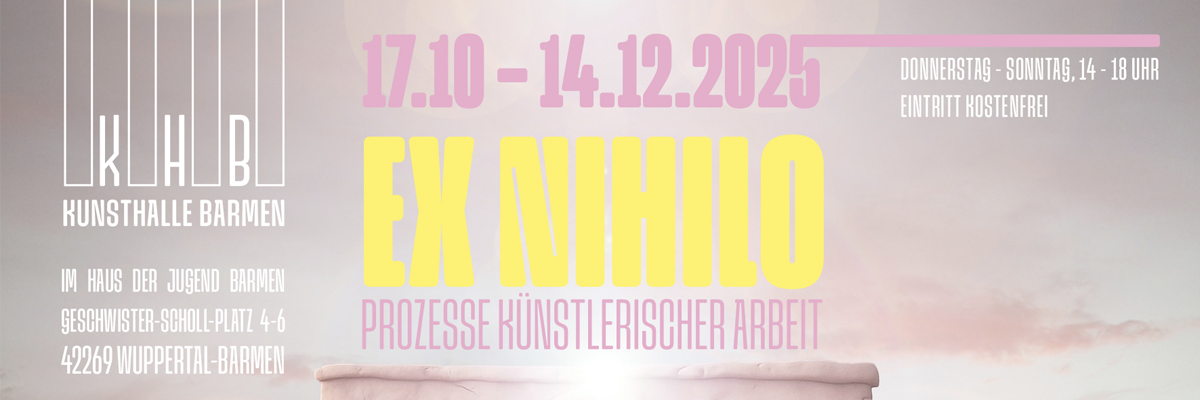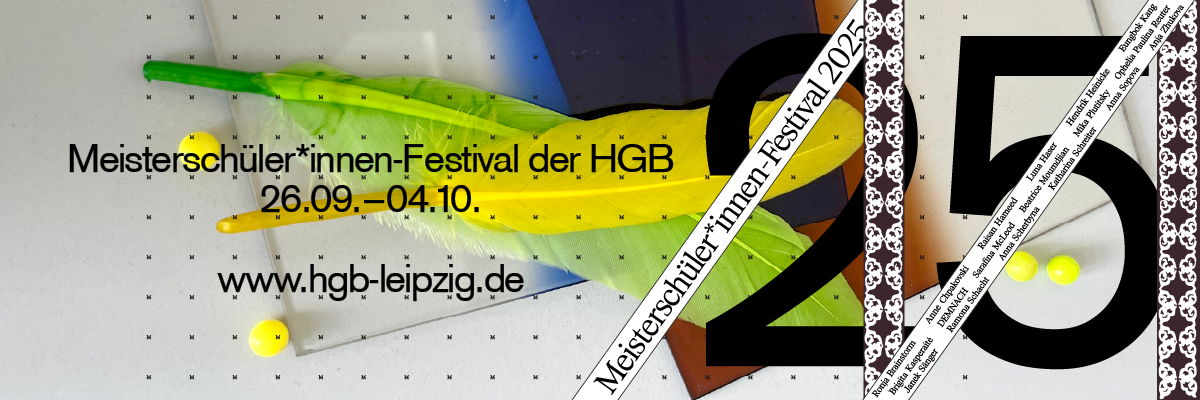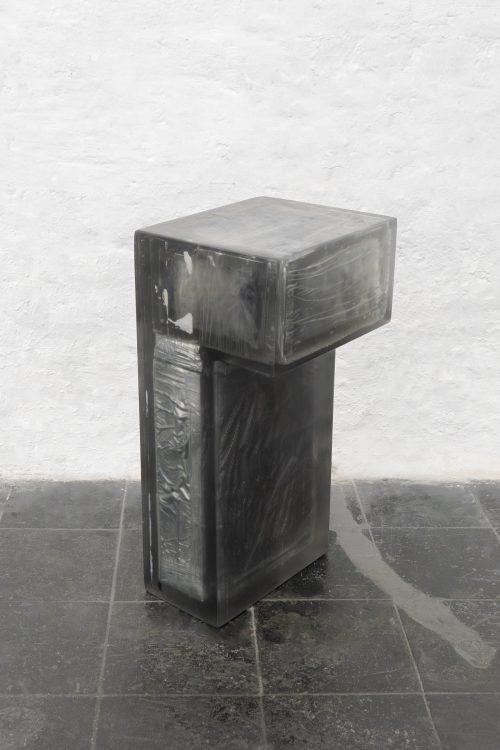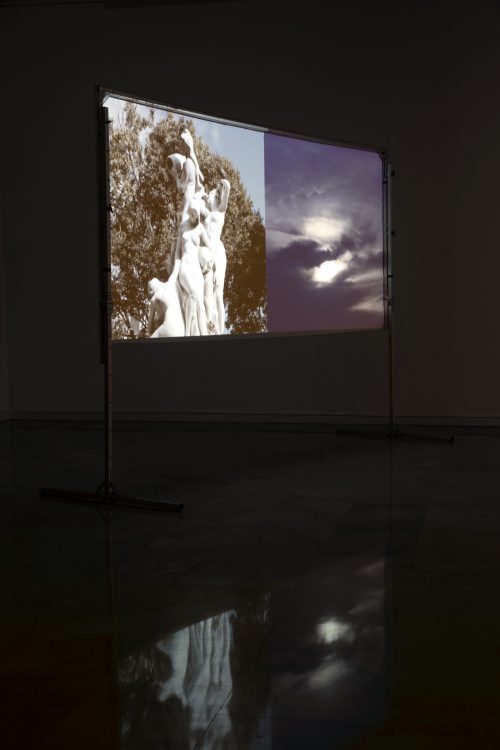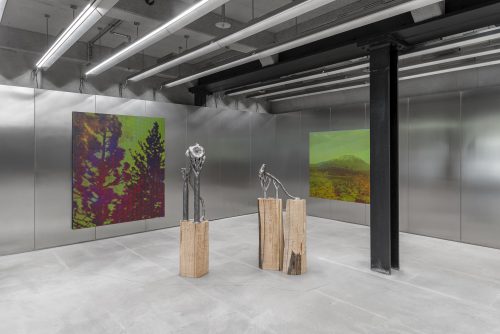
Olivia Abächerli, Daniela Brugger, Marilin Brun, Helene Roth, Mara Züst
Im Haus der grossen Frau
Project Info
- 💙 Kunsthaus Langenthal
- 💚 Raffael Dörig
- 🖤 Olivia Abächerli, Daniela Brugger, Marilin Brun, Helene Roth, Mara Züst
- 💜 Raffael Dörig
- 💛 Cedric Mussano
Share on
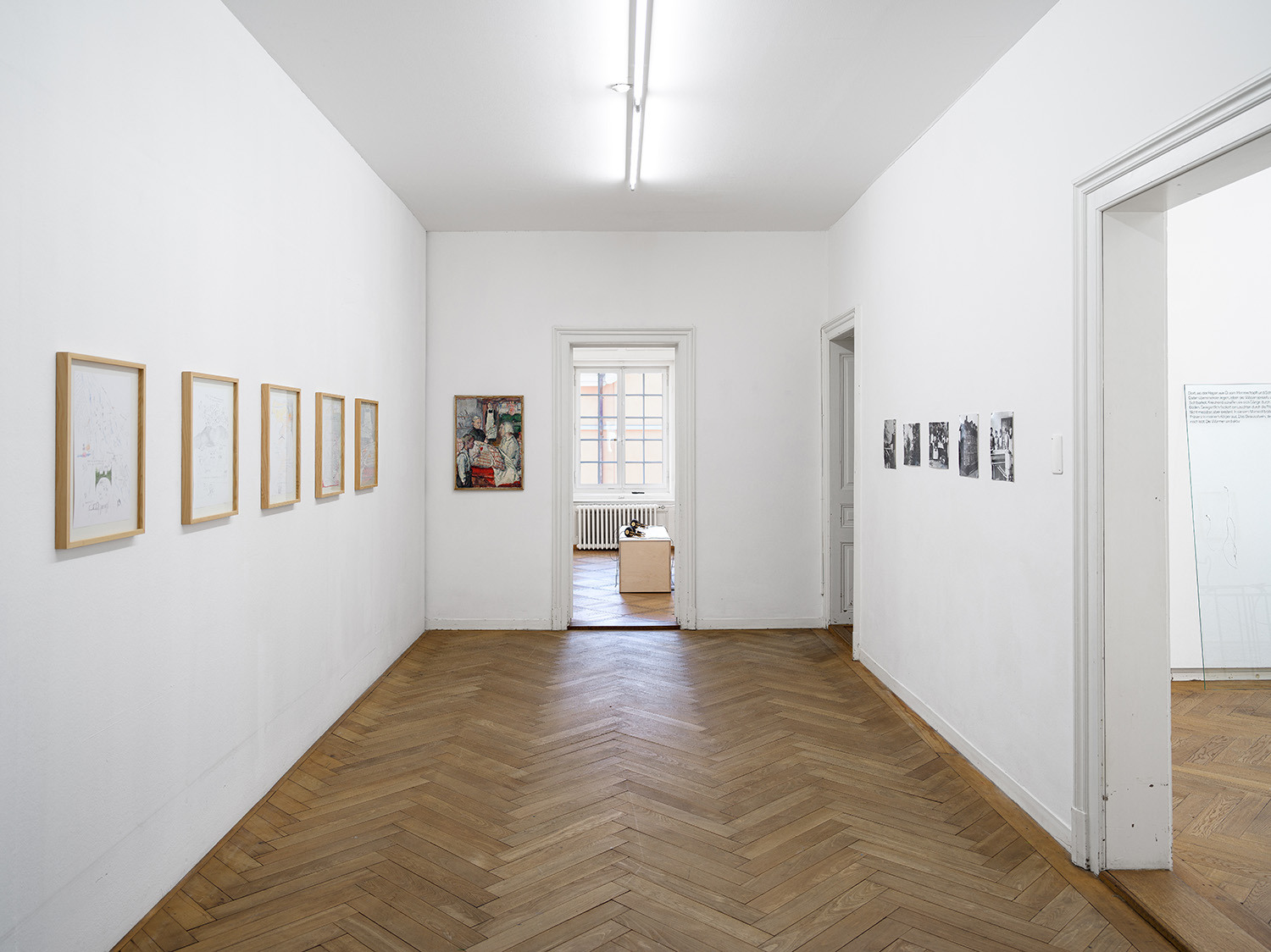
«Im Haus der grossen Frau. Ein künstlerischer Blick auf die Sozialpionierin Amélie Moser-Moser.», 2025. Ausstellungsansicht Kunsthaus Langenthal. Foto: Cedric Mussano, Kunsthaus Langenthal. Courtesy: die Künstlerinnen.
Advertisement
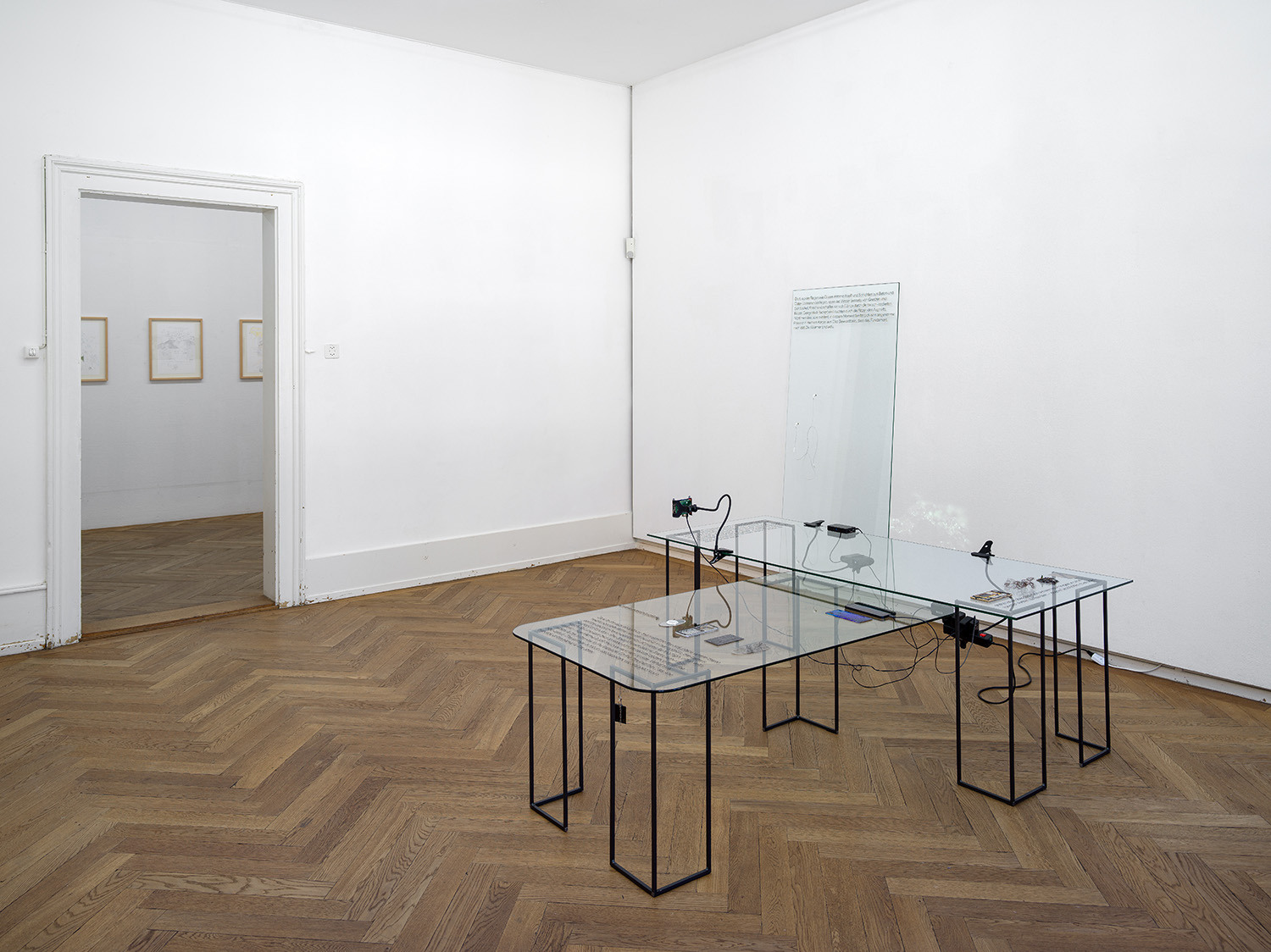
«Im Haus der grossen Frau. Ein künstlerischer Blick auf die Sozialpionierin Amélie Moser-Moser.», 2025. Ausstellungsansicht Kunsthaus Langenthal. Foto: Cedric Mussano, Kunsthaus Langenthal. Courtesy: die Künstlerinnen.
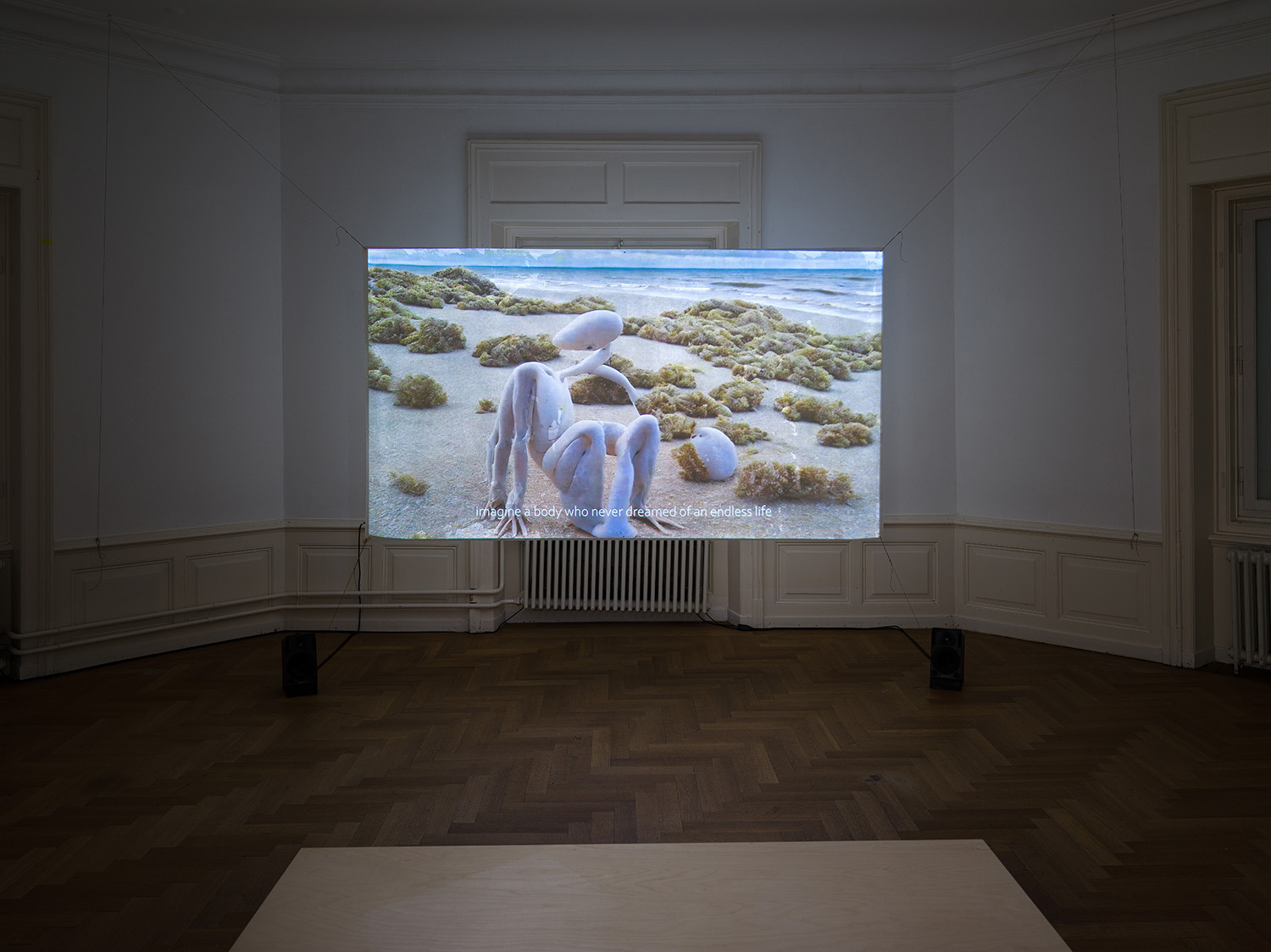
Daniela Brugger, due to technical problems, 2023. Ausstellungsansicht Kunsthaus Langenthal. Foto: Cedric Mussano, Kunsthaus Langenthal. Courtesy: die Künstlerin.
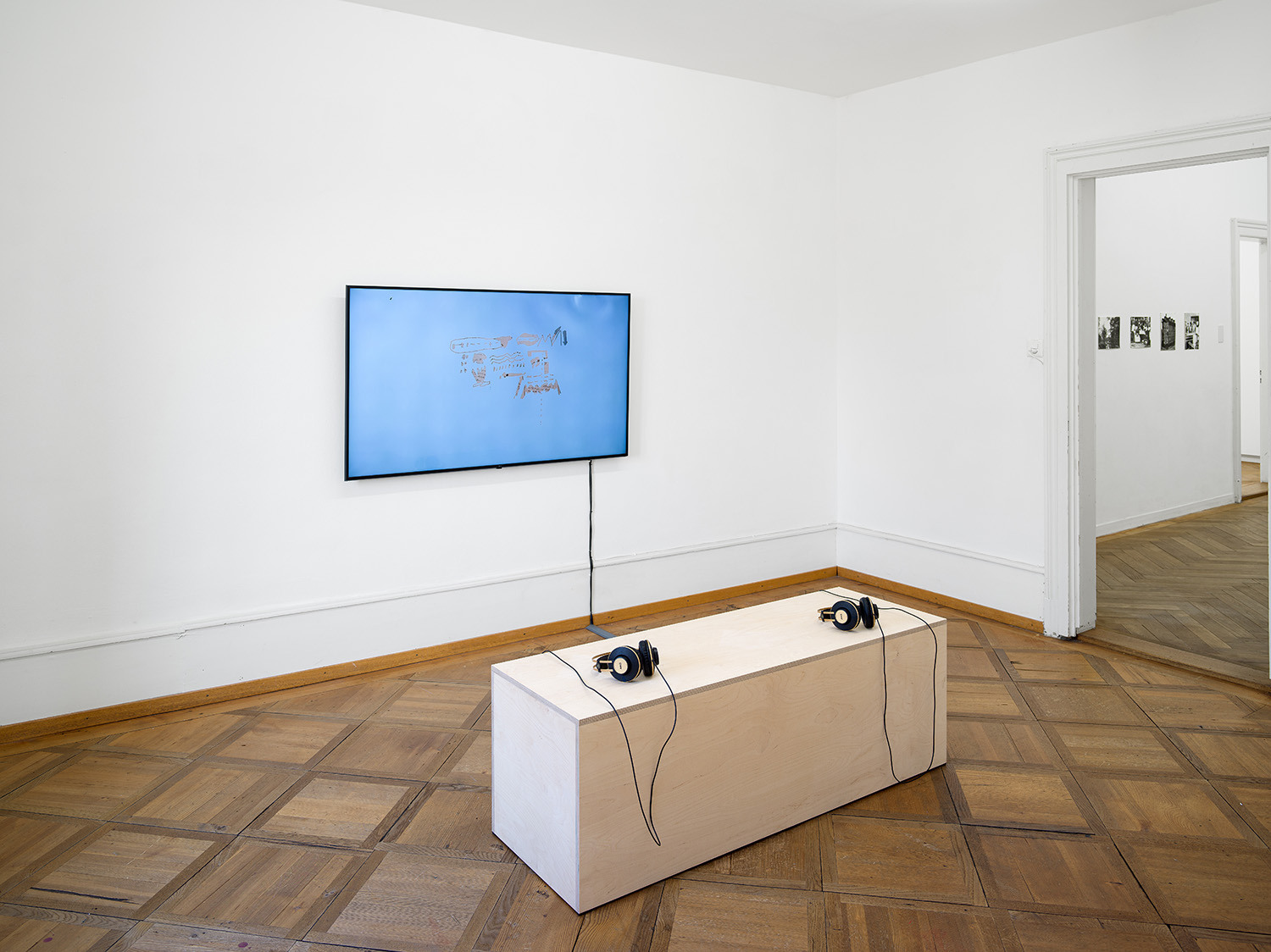
«Im Haus der grossen Frau. Ein künstlerischer Blick auf die Sozialpionierin Amélie Moser-Moser.», 2025. Ausstellungsansicht Kunsthaus Langenthal. Foto: Cedric Mussano, Kunsthaus Langenthal. Courtesy: die Künstlerinnen.
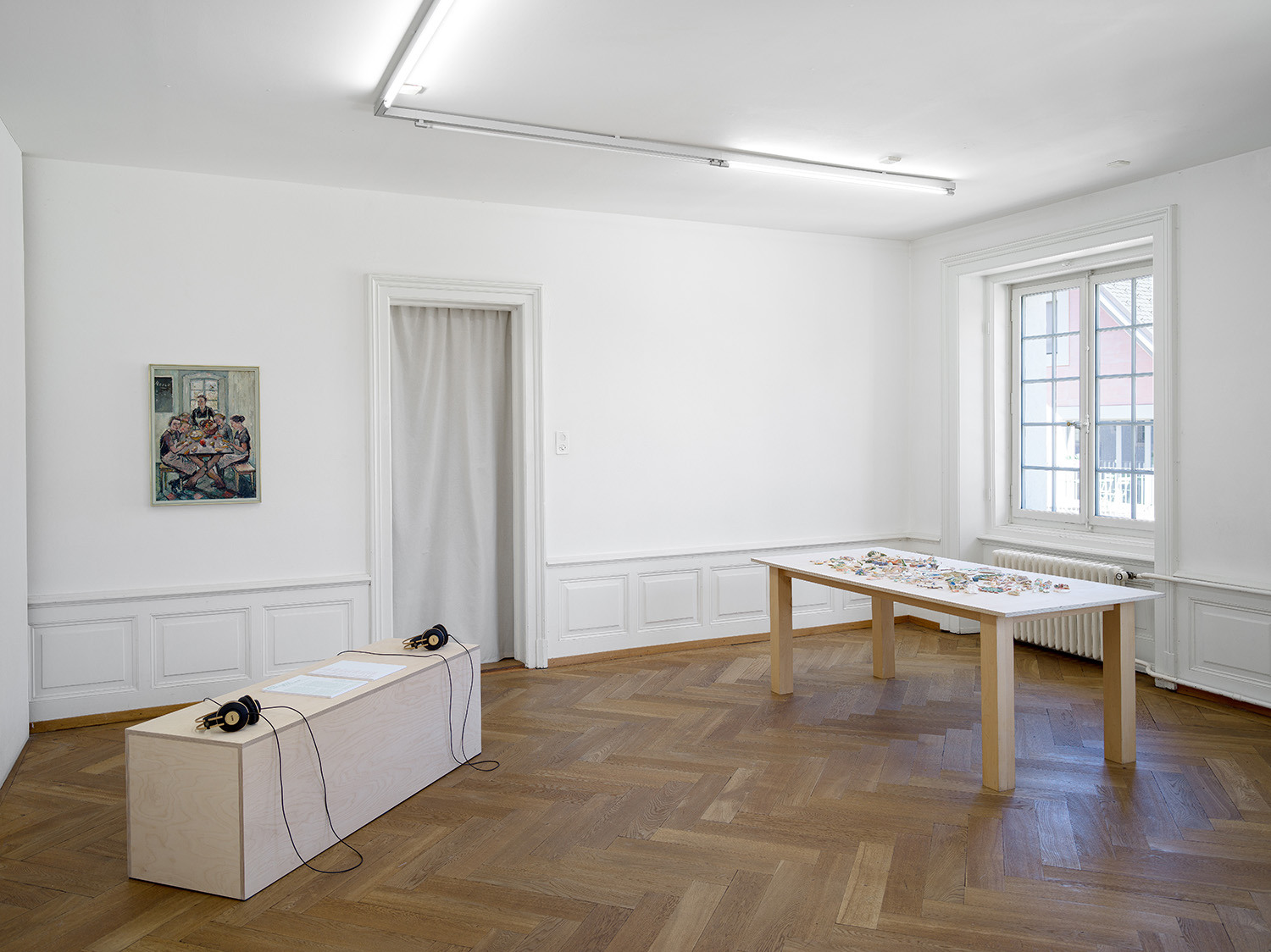
«Im Haus der grossen Frau. Ein künstlerischer Blick auf die Sozialpionierin Amélie Moser-Moser.», 2025. Ausstellungsansicht Kunsthaus Langenthal. Foto: Cedric Mussano, Kunsthaus Langenthal. Courtesy: die Künstlerinnen.
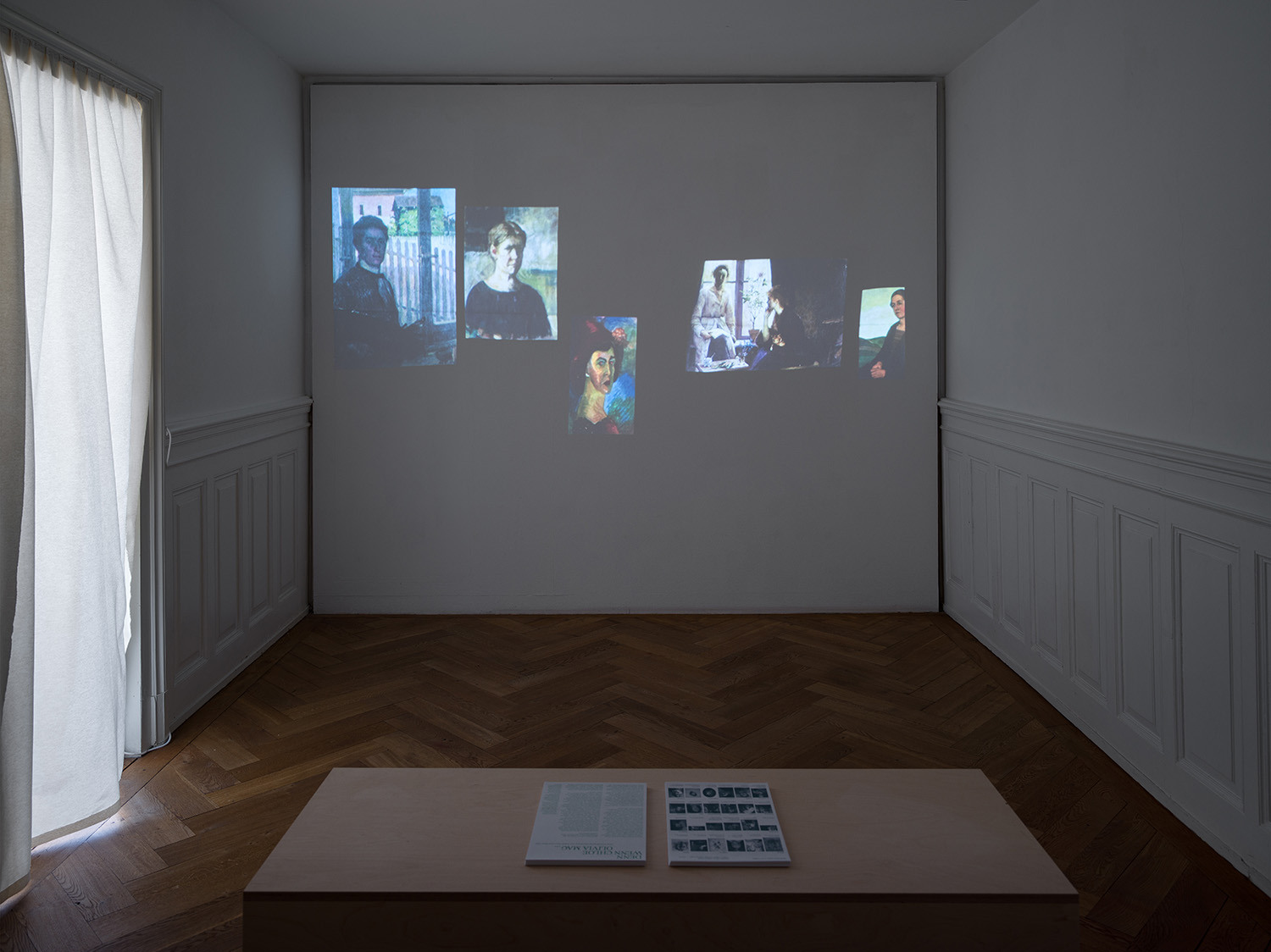
Marilin Brun und Mara Züst, Denn wenn Chloe Olivia mag..., 2022. Ausstellungsansicht Kunsthaus Langenthal. Foto: Cedric Mussano, Kunsthaus Langenthal. Courtesy: die Künstlerinnen.
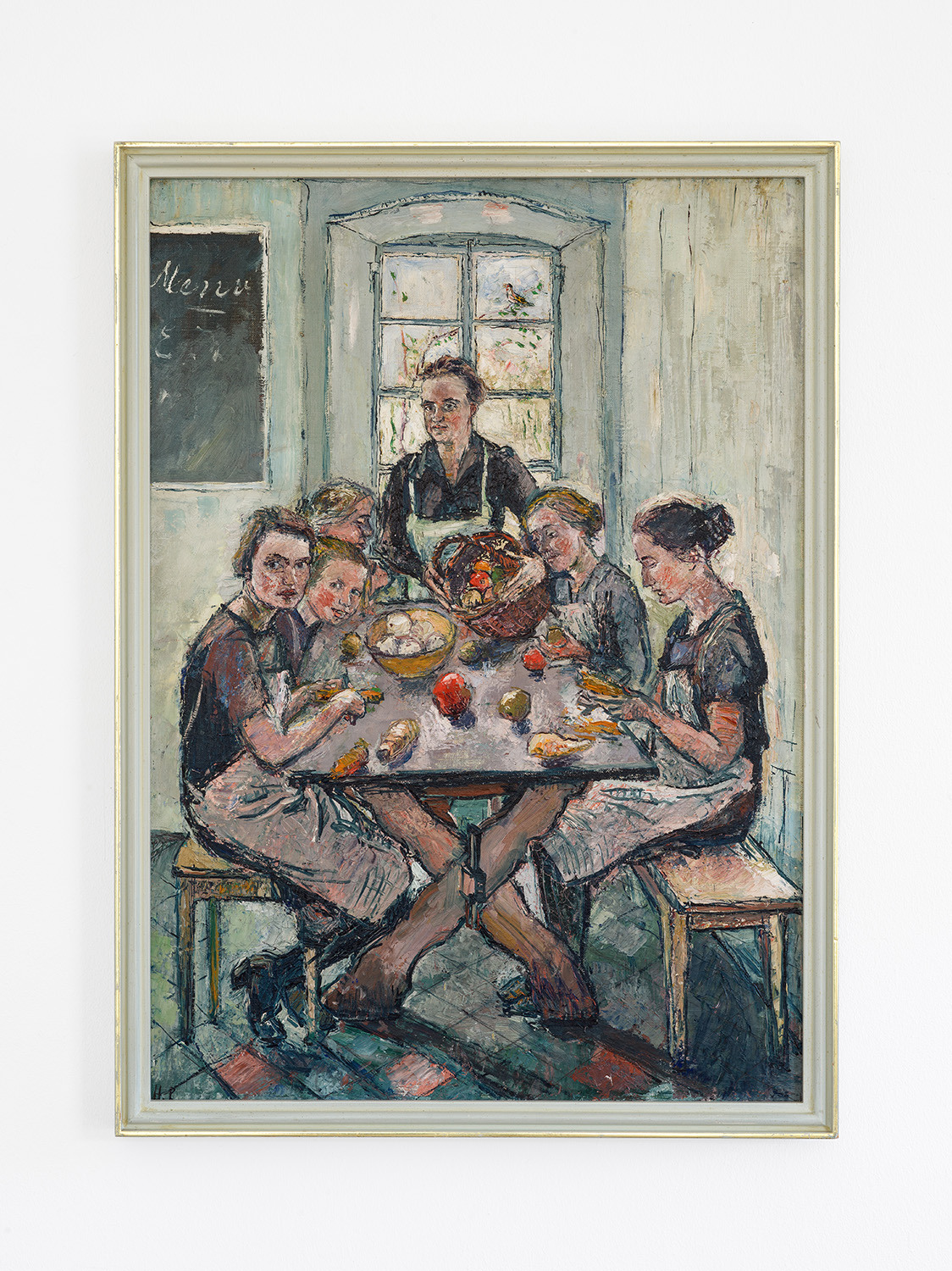
Helene Roth, Ohne Titel (beim Rüsten), 1928. Ausstellungsansicht Kunsthaus Langenthal. Foto: Cedric Mussano, Kunsthaus Langenthal. Courtesy: die Künstlerin.
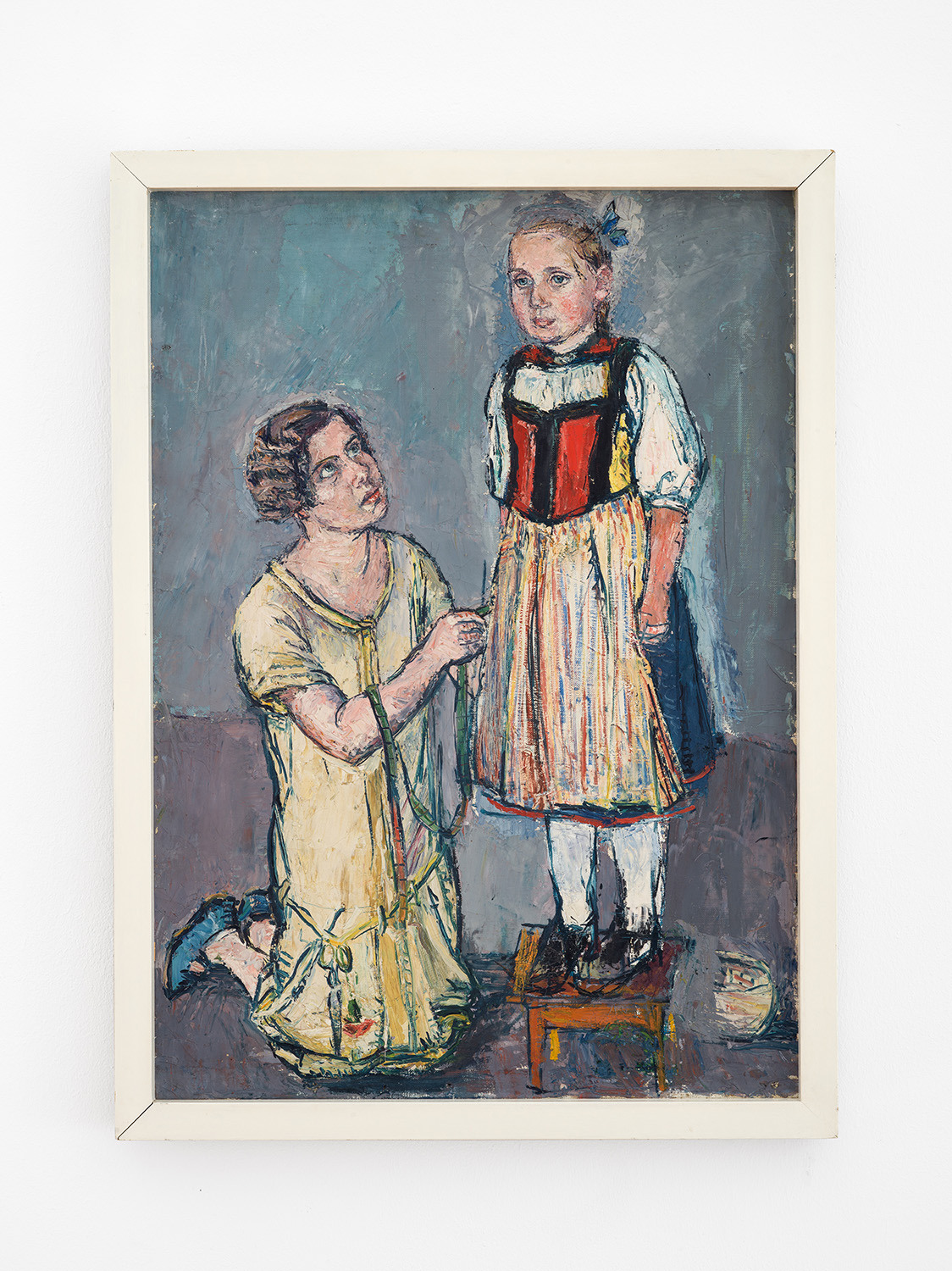
Helene Roth, Ohne Titel (Trachten-Anprobe), 1928. Ausstellungsansicht Kunsthaus Langenthal. Foto: Cedric Mussano, Kunsthaus Langenthal. Courtesy: die Künstlerin.
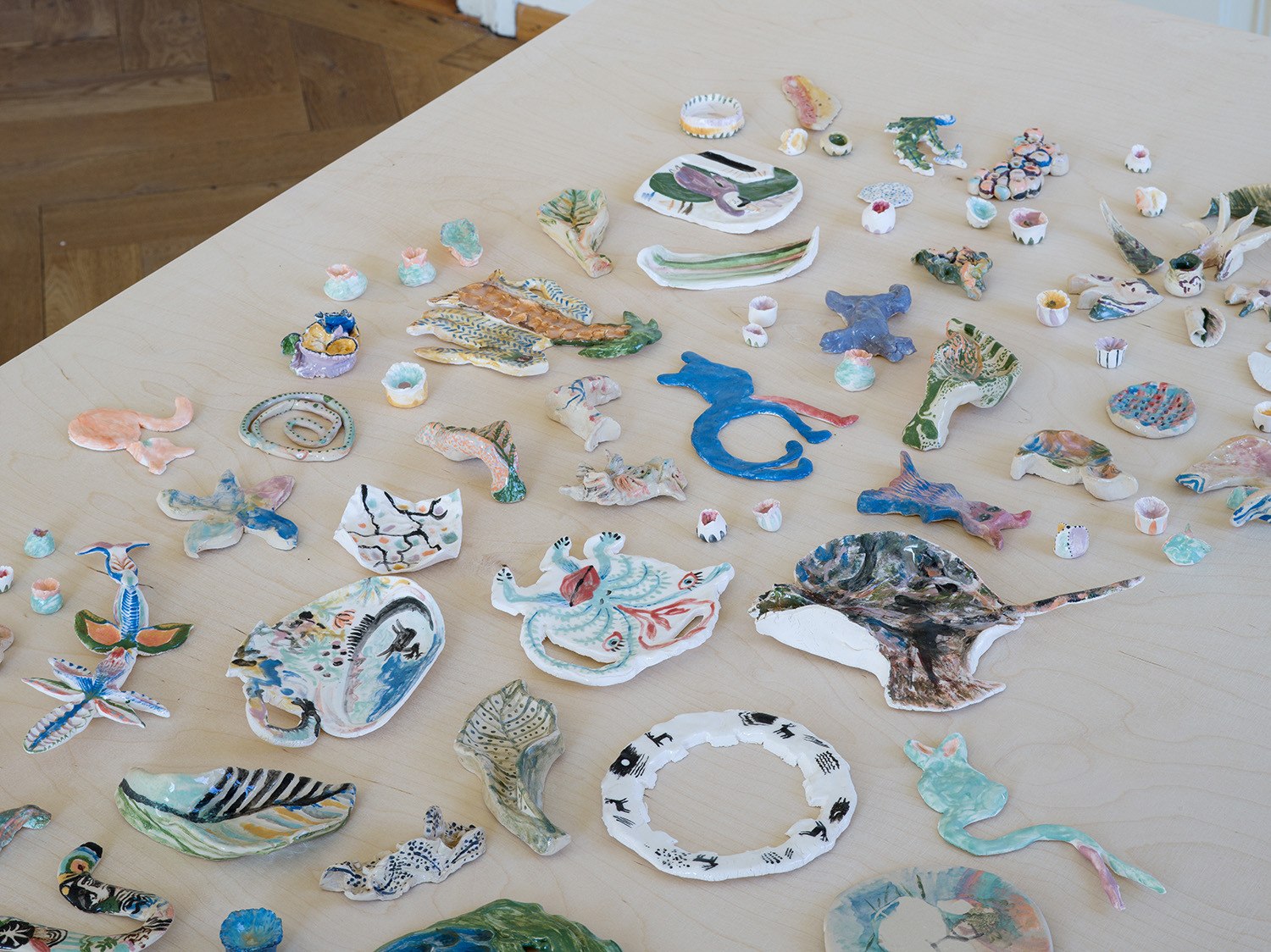
Mara Züst, Schöpfen, Detail, 2025. Ausstellungsansicht Kunsthaus Langenthal. Foto: Cedric Mussano, Kunsthaus Langenthal. Courtesy: die Künstlerin.
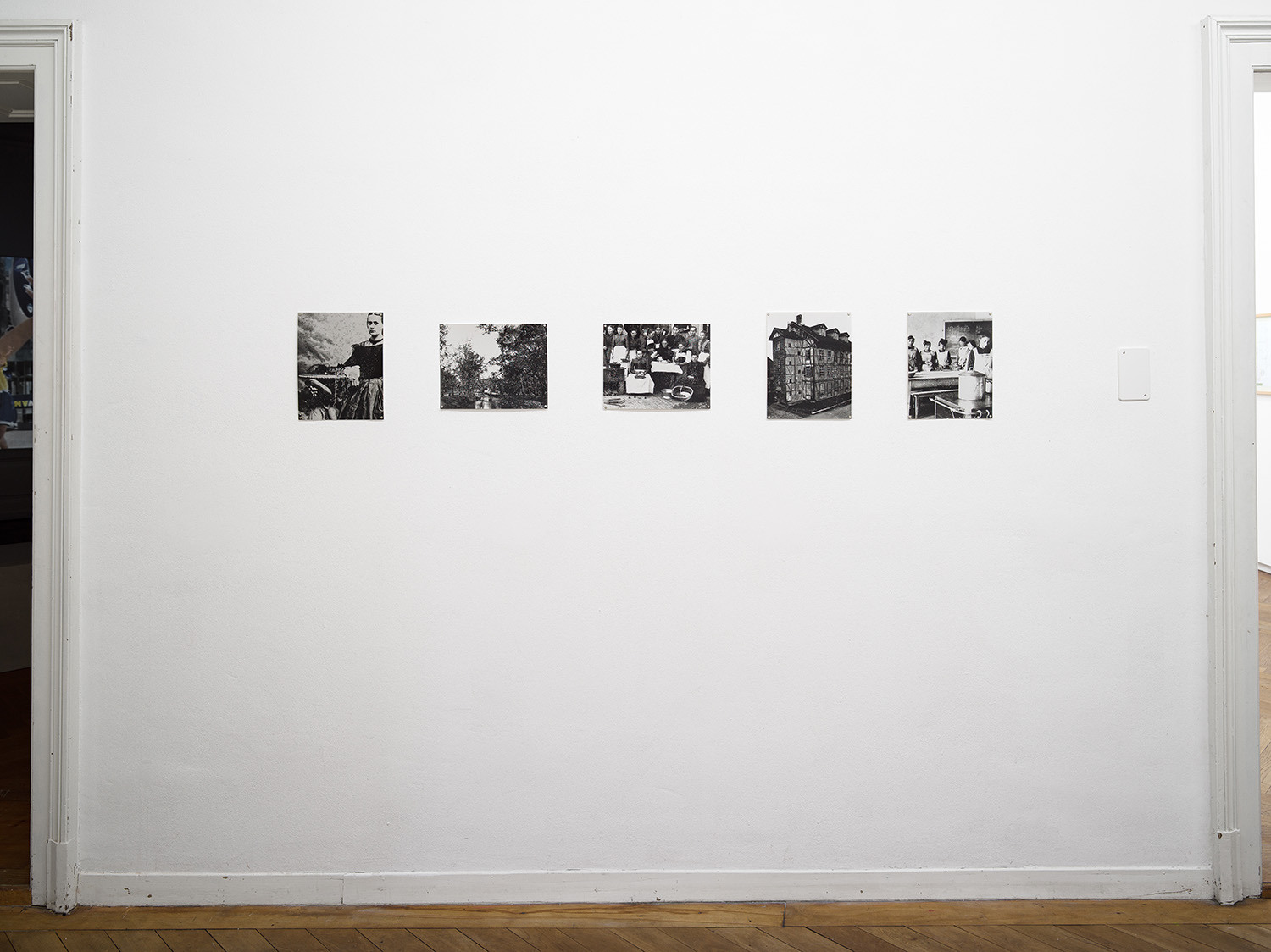
Marilin Brun, Bittersweet, 2025. Ausstellungsansicht Kunsthaus Langenthal. Foto: Cedric Mussano, Kunsthaus Langenthal. Courtesy: die Künstlerin.
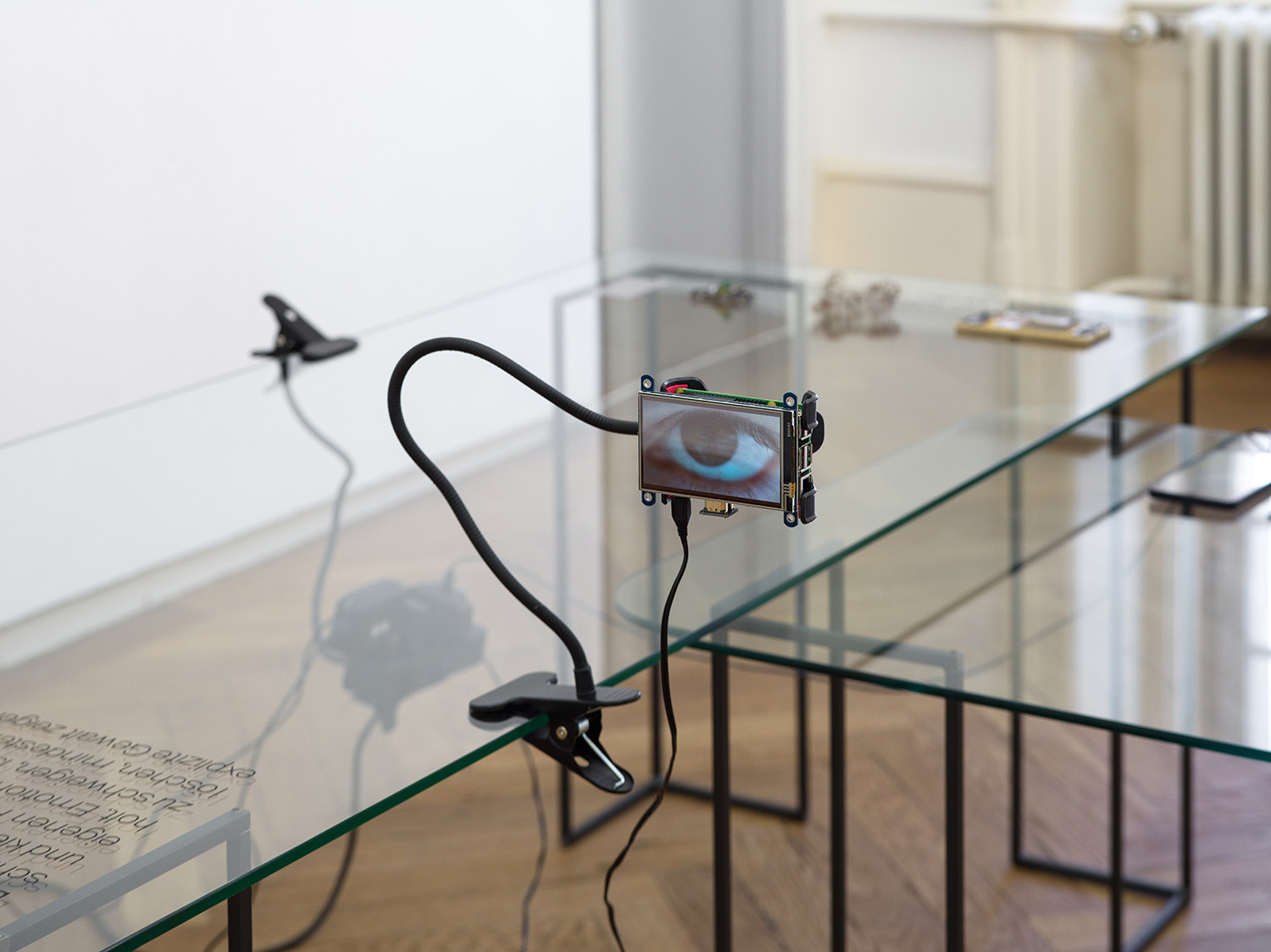
Daniela Brugger, muddy codes & soft infrastructures (Version Langenthal), 2025. Ausstellungsansicht Kunsthaus Langenthal. Foto: Cedric Mussano, Kunsthaus Langenthal. Courtesy: die Künstlerin.
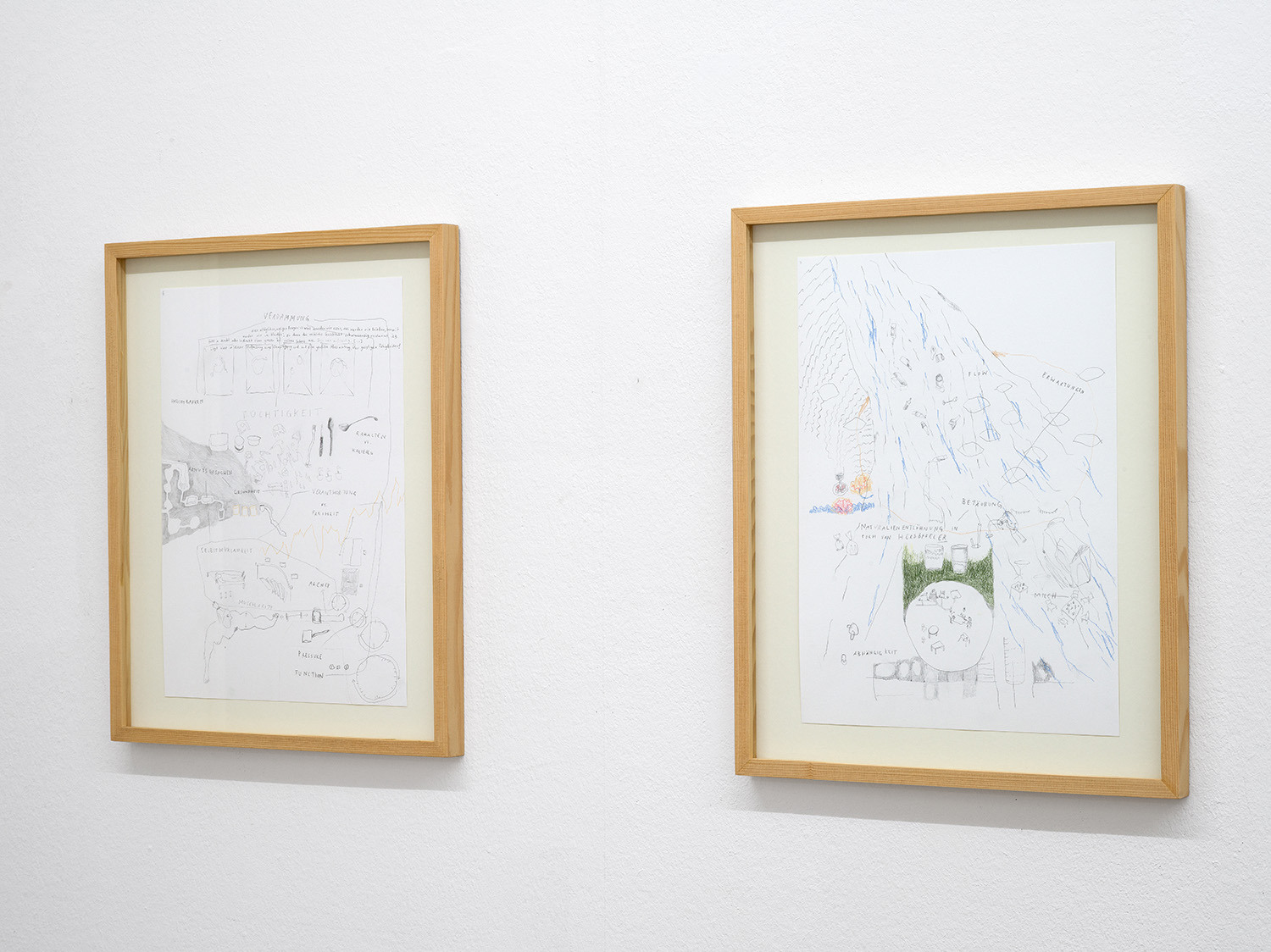
Olivia Abächerli, Warum braucht es Tüchtigkeit? 2025; Wie viel möchte ich trinken?, 2025. Ausstellungsansicht Kunsthaus Langenthal. Foto: Cedric Mussano, Kunsthaus Langenthal. Courtesy: die Künstlerin.
The social pioneer from the Oberaargau region, Amélie Moser-Moser (1839–1925), fought against poverty and lack of education. She founded Switzerland’s first alcohol-free restaurant with a community centre – the „Kreuz“ in Herzogenbuchsee – which also served as a daycare for children, a home for workers and the elderly, a hostel, and a public kitchen. It offered courses and training aimed at combating the lack of education among working-class women. The writer Maria Waser, emphatically called Moser-Moser „die grosse Frau“, “the great woman” – and indeed, she achieved great things. On the occasion of the 100th anniversary of her death, the Kunsthaus is inviting four artists to engage with Moser and her era, offering a contemporary perspective on topics such as care work and empowerment through knowledge and education. Also featured in the exhibition are paintings from a cycle depicting the work of the Women’s Association of Herzogenbuchsee, led by Moser, painted by Helene Roth for the Swiss Exhibition for Women’s Work (SAFFA) in 1928. A newly discovered painting by Helene Roth from the SAFFA cycle will also be shown to the public for the first time as part of the exhibition. The painting comes from the Gosteli Archive, where staff only identified it as part of the SAFFA cycle in 2024. The artist Marilin Brun came across the painting during her own research in the Gosteli Archive and was able to make the connection to the exhibition in Langenthal. Thanks to the collaboration between the archive, the Kunsthaus, and the artist, the painting can now be shown to the public again.
Raffael Dörig
